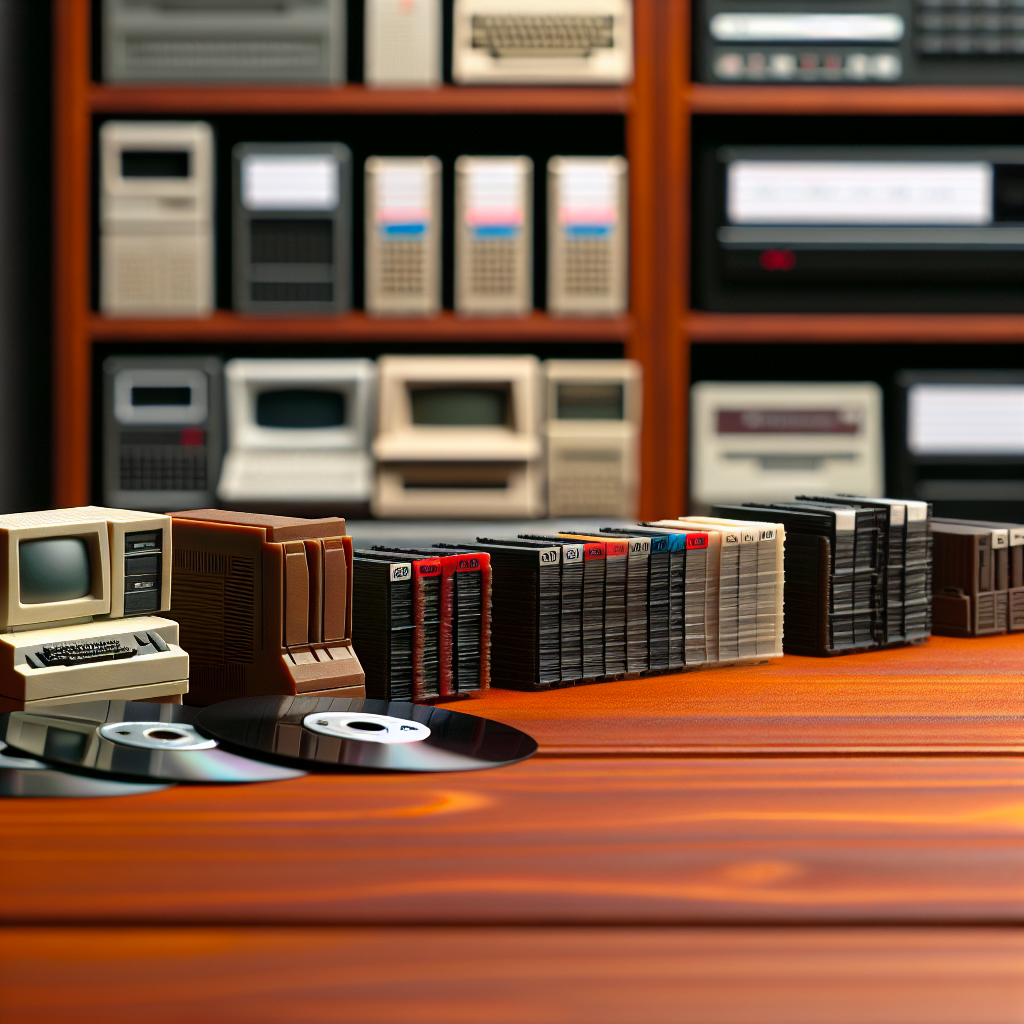Old school computers hold a special place in the history of technology, representing the foundational systems that paved the way for modern computing. From bulky origins to pioneering designs, these machines offer a fascinating glimpse into the evolution of technology. In this article, we explore the key aspects and nostalgic charm of classic computers that continue to influence innovation today.
The Evolution and Significance of Old School Computers
Old school computers refer to early generations of personal and mainframe computers from the mid-20th century through the 1980s and early 1990s. These machines were characterized by their *large physical size*, *limited processing power*, and *distinct design elements*, such as monochrome screens, punch cards, and floppy disks. Despite their humble capabilities, they laid the groundwork for modern-day computing by introducing fundamental concepts like programming languages, user interfaces, and data management.
Understanding the significance of these early computers reveals their role in shaping technological progress. For example, the IBM 360 revolutionized business data processing, while the Apple II made personal computing accessible to households. Enthusiasts and collectors continue to celebrate these artifacts for their mechanical ingenuity and nostalgic value, preserving the history of innovation for future generations.
Design, Technology, and Legacy
Old school computers are celebrated not only for their historical importance but also for their unique design and technological features. These systems often showcased *distinctive aesthetics*, such as large, vented cases, colorful keyboards, and modular components. Internally, they used *vacuum tubes*, *transistors*, and *early integrated circuits*, marking significant technological breakthroughs. For example:
- Commodore 64: Known for its impressive graphics and sound capabilities, it became a staple in homes and schools.
- IBM PCs: Set industry standards with their open architecture, encouraging third-party hardware expansions.
- Altair 8800: Widely regarded as the first commercially successful microcomputer, inspiring the birth of hobbyist programming and the home computer revolution.
The legacy of these machines persists through their influence on design principles, technological innovation, and their nostalgic appeal. Modern computers owe much of their flexibility and usability to the pioneering work done during this era, making old school computers both a fascinating study and a cherished collector’s item.
In summary, old school computers serve as essential milestones in technological history. They demonstrate the rapid evolution from bulky, limited systems to sleek, powerful devices we use today. Appreciating their design, technological innovations, and enduring legacy helps us understand how far computing has come—and inspires future innovations rooted in past ingenuity. Whether for study or nostalgia, these machines remind us of the foundational steps that led to the digital age we now live in.
